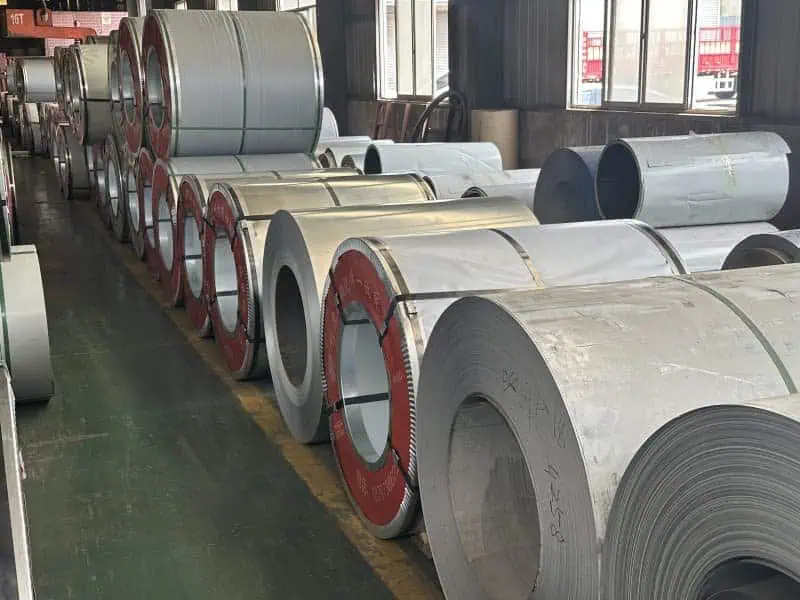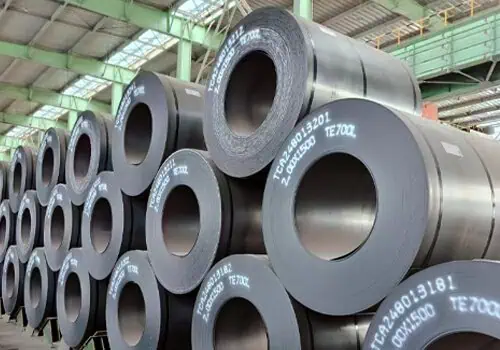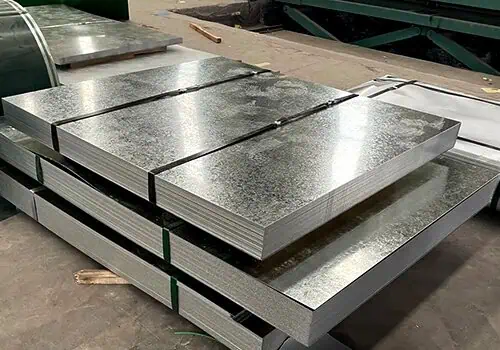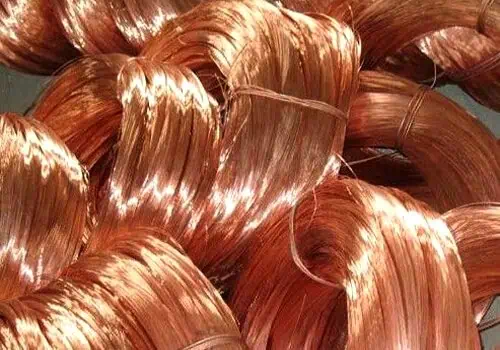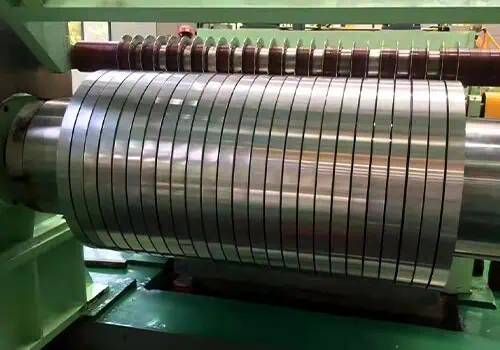Steel coils are essential to industries worldwide, but many are unaware of how these coils are made. How are steel coils made? Let’s dive into the steel coil production process and what makes them so vital.
Steel coils are made through a multi-step process beginning with raw steel. The steel is heated, rolled into sheets, cooled, and coiled. These coils are then checked for quality before being ready for distribution. The process ensures a high-quality product suitable for a range of applications.
Now that you have an overview, let’s explore the entire journey from raw steel to finished coils in more detail.
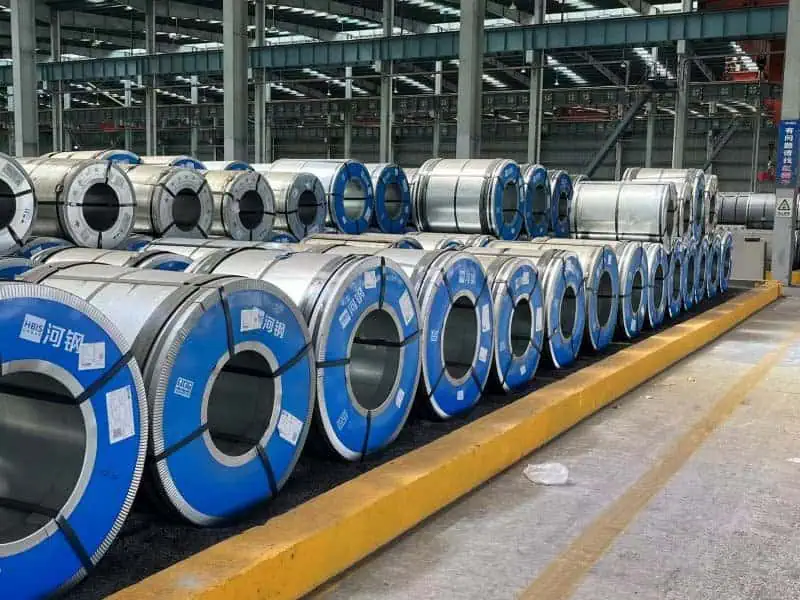
What Is the Process of Making Steel Coils?
Steel coils are formed through an intricate process that begins with raw steel. In most cases, this involves heating the steel to high temperatures and rolling it into thin sheets. Once the steel reaches the desired thickness, it is cooled and then wound into coils. This is just the beginning, as further steps, like coating or additional shaping, may be required depending on the end use of the coil.
How are steel coils made? The process begins with hot-rolled coils of steel that are heated to over 1,700°F (926°C). The steel is passed through rollers to reduce its thickness and form it into sheets. These sheets are then cooled down to ambient temperatures before being wound into coils. These coils are now ready to be transported and undergo further processing, such as galvanization (coating with zinc) or cold rolling for additional strength and surface smoothness.
Once the coils are formed, they undergo inspection and testing. Quality control is crucial to ensuring that the steel meets specifications such as thickness, strength, and finish. Many coil manufacturing companies use automated processes to detect any inconsistencies or defects, ensuring that each coil is of premium quality.
Why Are Steel Coils Important in Manufacturing?
Steel coils play a crucial role in manufacturing industries across the world. These versatile products are used in a wide array of sectors, from automotive manufacturing to construction and electronics. The ability to shape steel coils into various forms makes them an indispensable part of modern manufacturing processes.
What are steel coils used for? Steel coils are widely used in industries like automotive manufacturing, where the coils are shaped into parts like car bodies, bumpers, and chassis. They are also used in construction, for structural elements such as beams and columns. Furthermore, steel coils are found in household products, such as appliances and furniture.

How Does Quality Control Affect Steel Coil Production?
Quality control is one of the most important aspects of steel coil production. A steel coil may pass through many different hands and processing stages, so maintaining a consistent quality standard throughout is vital. From the moment the raw steel enters the production line until the final inspection before shipping, each step of the process involves stringent quality checks.
How long is a steel coil? Steel coils are typically available in different lengths, from a few feet to several hundred feet, depending on the requirements of the customer. The length and thickness of each coil are determined during the production process. The key here is maintaining uniformity in each batch, ensuring the steel coils have a consistent finish, thickness, and strength.
Each batch of steel coils undergoes extensive inspection for defects such as cracks, bends, or uneven coatings. Coil manufacturing companies employ a series of mechanical and visual tests to ensure the coils meet international standards. These tests check parameters like tensile strength, ductility, and corrosion resistance. Only the coils that pass these inspections are shipped to customers.
How Many Types of Steel Coils Are There?
There are various types of steel coils, each designed to meet specific needs in different industries. Understanding these types can help you make an informed decision when purchasing steel coils. Steel coil types are based on the material grade, surface finish, and application.
What is steel coil? Steel coils are primarily divided into two categories: hot-rolled steel coils and cold-rolled steel coils. Hot-rolled steel coils are made by rolling the steel at high temperatures, which makes them easier to shape. Cold-rolled steel coils are produced by further processing the hot-rolled coils at room temperature, which gives them a smoother surface and increased strength.
There are also galvanized steel coils, which are coated with a layer of zinc to improve corrosion resistance. These are commonly used in construction, particularly in roofing and exterior applications. For applications requiring extra strength or corrosion resistance, stainless steel coils are used, such as in food manufacturing equipment or medical devices.
Understanding the different types of metal coils and their applications is essential for choosing the right type of coil for a specific project.

How Are Steel Coils Uncoiled?
Uncoiling steel coils requires specialized equipment to unwind the tightly wound coils without causing damage. The process of uncoiling is typically done with decoilers,machines designed to unwind steel coils in a controlled and safe manner. The machine’s function is to feed the coil into a further processing line, such as a cutting or shaping machine.
The tension in the coil must be carefully controlled to avoid damaging the coil, which can result in defects such as cracks or bends. Proper coil handling is essential for ensuring that the material remains intact and ready for further processing.
Steel coils are generally unwound into long strips, which are then either cut into shorter lengths or passed through additional processing equipment like cut-to-length lines or slitting lines. The decoiler helps maintain the tension balance and ensures the steel uncoils smoothly.
How to Lift a Steel Coil?
Lifting steel coils is a delicate process that requires the use of appropriate lifting equipment. Steel coils are heavy and can be unwieldy, so it is crucial to use the correct lifting tools to avoid damaging the coil or injuring workers.
Coils are typically lifted using cranes, forklifts, or other heavy-duty lifting equipment. Lifting hooks or slings are placed around the coil, and the lifting equipment hoists the coil into place. It’s important that workers are trained to handle steel coils safely, ensuring that the load is balanced and the coil is properly secured.
To protect the coils during lifting, protective padding or steel coil supports are often used to prevent dents or scratches. These precautions are essential to ensure the coil arrives at its destination undamaged and ready for use.
What Causes Coil Break in Steel?
Coil break is a common issue during the manufacturing and handling of steel coils. It can happen during the uncoiling process, while the coils are being processed, or even during transportation. Understanding the causes of coil breakage can help prevent costly damages and production delays.
Common causes of coil breakage include excessive tension during uncoiling, improper storage, or defects in the steel itself. If the steel is not of the highest quality, weak spots or cracks may cause the coil to break when tension is applied.
Proper handling and storage are crucial in preventing coil breakage. For instance, proper tension during the uncoiling process ensures the coils remain intact. Using protective covers during transport can also reduce the risk of damage. Regular inspections during each stage of production help identify potential issues early.
Summary
Understanding the process of how steel coils are made, including their types, handling, and quality control, ensures you select the right product for your industrial needs, maintaining high-quality standards.

